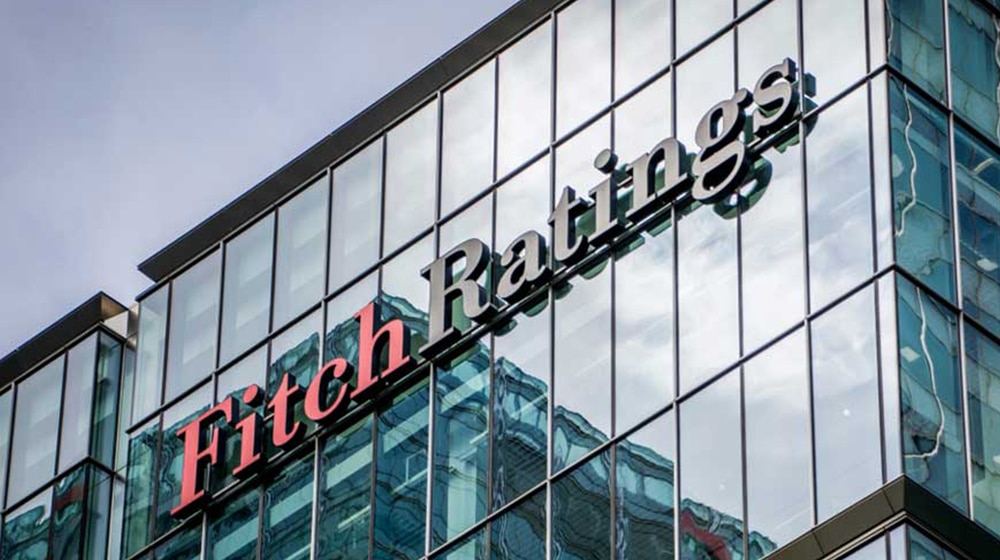Pakistan’s ambitious FY2024-25 budget strengthens prospects for an IMF deal, Fitch Ratings said in a report on Tuesday.
It is uncertain whether fiscal targets will be hit, but even assuming only partial implementation of the budget, we forecast the fiscal deficit will narrow. This should reduce external pressures, albeit at a cost to growth.
The FY25 (fiscal year ending 30 June 2025) budget draft, released on 13 June, is the first presented by the coalition government of Prime Minster Shehbaz Sharif. It projects a headline deficit of 5.9 percent of GDP and a 2.0 percent primary surplus (FY24 estimate: 7.4 percent and 0.4 percent, respectively), on wide-ranging tax increases, and also significant fiscal efforts at the provincial level. The budget includes significantly more developmental spending and sees growth accelerating to 3.6 percent in FY25 (FY24: 2.4 percent).
These plans could face stiff resistance inside parliament – from both coalition partners and opposition parties – and among broader society, after the close outcome of the February elections delivered a weaker-than-expected mandate for Sharif’s PMLN party. Fitch Ratings’ updated fiscal forecasts assume partial implementation and project a primary surplus of 0.8 percent, on shortfalls in revenue generation and an overshoot in current spending, partly offset by under-execution in development spending. “We believe tight policy settings may depress growth more than the government expects, and have reduced our growth forecast to 3.0% for FY25, from 3.5%, despite some improvements in short-term indicators of economic activity,” it said.
Nevertheless, the FY24 primary deficit is in line with the target, and the authorities have undertaken unpopular subsidy reforms over the past year, supporting fiscal credibility. While Pakistan has a poor record of sustaining reforms over time, the absence of viable alternatives has strengthened support for tough policy decisions, at least in the near term. Pakistan completed its nine-month IMF Stand-By Arrangement in April, and in May the IMF reported “significant progress” toward agreeing to a new Extended Fund Facility (EFF).
Government debt looks set to decline to 68% of GDP by FYE24 due to high inflation and deflator effects, offsetting soaring domestic interest costs. “We expect inflation and interest costs to decline in tandem, with economic growth and primary surpluses driving government debt/GDP gradually lower. The State Bank of Pakistan cut policy rates for the first time in five years on 10 June, by 150bp to 20.5%, and we now forecast FY25 inflation at 12%, and the FYE25 policy rate at 16%,” the report added.
External liquidity and funding are still Pakistan’s key credit challenges, despite stable debt dynamics. The report said a new IMF deal will be agreed upon, underpinning other external funding. However, sustaining the tight policy settings necessary to keep external financing needs in check, and to maintain compliance with a new EFF, could become increasingly challenging.
Pakistan’s external position has continued to improve since February’s election. The current account deficit is on track to narrow to 0.3 percent of GDP (just USD1 billion) in FY24, from 1.0 percent in FY23. Subdued domestic demand has compressed imports, while exchange rate reforms have attracted remittance inflows back to the official banking system. Strong agricultural exports have also helped. Gross reserves (including gold) now stand at USD15.1 billion, over two months of external payments, up from USD9.6 billion at FYE23.
However, Pakistan’s projected funding needs still exceed reserves, at about USD20 billion per year in FY24–FY25, including maturing bilateral debt that the agency expects it will continue to be rolled over. This leaves Pakistan exposed to external funding conditions and policy missteps. Pakistan’s ‘CCC’ rating, affirmed in December 2023, reflects high external funding risks amid high medium-term financing requirements.
The post Budget FY25 Boosts Chances of New IMF Program Despite Issues: Fitch Ratings appeared first on ProPakistani.


